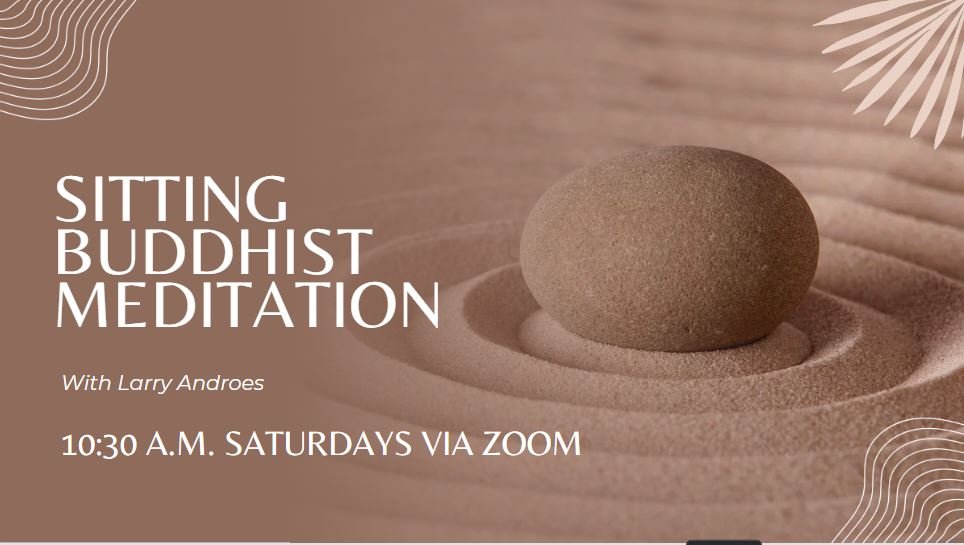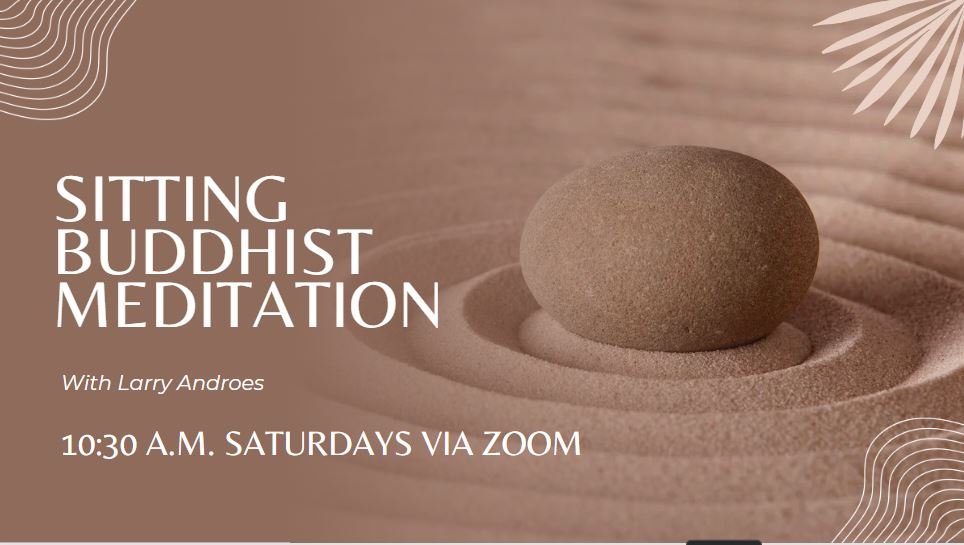Meditation for Beginners: Overcoming the First Hurdles. Embarking on a meditation journey can feel like navigating uncharted waters, but the rewards – a calmer mind, reduced stress, and improved focus – are well worth the effort. This guide aims to demystify meditation, offering practical insights and actionable strategies to help you navigate the initial challenges and establish a consistent practice. We’ll explore what meditation truly is (and isn’t), dispel common misconceptions, and provide you with the tools you need to begin your path to inner peace.
For those starting meditation, the initial challenges can feel daunting. However, understanding the link between practice and overall well-being is key. Exploring how meditation improves emotional health, as detailed in The Connection Between Meditation and Emotional Health , can provide motivation. Recognizing this connection helps beginners persevere through those initial hurdles and reap the long-term benefits of a consistent practice.
From understanding the core principles of meditation to addressing the inevitable mind-wandering that beginners experience, this guide covers everything you need to know. We’ll delve into the psychological and physical benefits, explore different meditation styles, and offer practical tips for incorporating mindfulness into your daily life. Whether you’re a complete novice or have dabbled in meditation before, this resource will equip you with the knowledge and motivation to overcome the first hurdles and cultivate a lasting practice.
Introduction to Meditation: What It Is and Isn’t
Meditation, in its essence, is a practice of training your mind to focus and redirect your thoughts. It’s a technique that can be used to cultivate a sense of calm, reduce stress, and enhance self-awareness. This introductory section aims to demystify meditation, providing a clear understanding of its core principles and dispelling common misconceptions.
Core Concept of Meditation
Meditation involves directing your attention to a specific point, such as your breath, a mantra, or a visual image. The goal isn’t to stop thinking entirely—which is virtually impossible—but to observe your thoughts without judgment. When your mind wanders, as it inevitably will, you gently bring your focus back to your chosen anchor. This practice strengthens your ability to concentrate and increases your awareness of the present moment.
Definition and Differentiation
Meditation is often confused with relaxation techniques. While both can promote a sense of calm, they differ in their approach. Relaxation techniques, such as deep breathing or listening to music, primarily aim to reduce physical tension. Meditation, on the other hand, goes beyond relaxation by actively training the mind. It’s a practice that cultivates mental clarity, emotional stability, and self-awareness.
Common Misconceptions, Meditation for Beginners: Overcoming the First Hurdles
One of the most prevalent misconceptions is that meditation requires an “empty mind.” This is an unrealistic expectation. The mind naturally generates thoughts, and trying to suppress them can be counterproductive. Instead, the goal is to observe thoughts without getting carried away by them. Another misconception is that meditation is only for spiritual people. In reality, meditation is a secular practice with benefits accessible to anyone, regardless of their beliefs.
Benefits of Meditation for Beginners
Starting a meditation practice can yield numerous benefits for beginners. Regular practice can improve mental and physical well-being. This section will explore the psychological, and physical advantages of meditation.
Psychological Benefits
Meditation is a powerful tool for stress reduction. Studies have shown that regular meditation can lower levels of cortisol, the stress hormone. It also enhances emotional regulation, allowing you to respond to difficult situations with greater composure. Moreover, meditation can improve self-awareness, helping you to understand your thoughts, feelings, and behaviors more deeply.
- Stress Reduction: Lowering cortisol levels.
- Emotional Regulation: Responding to situations with composure.
- Improved Self-Awareness: Understanding thoughts and feelings.
Improved Focus and Concentration
Meditation trains the mind to stay focused. By repeatedly redirecting your attention back to your chosen anchor, you strengthen your ability to concentrate. This can translate into improved focus in other areas of your life, such as work, studies, and daily tasks.
Physical Benefits
Meditation has also been linked to various physical benefits. Research suggests that it can help lower blood pressure, improve sleep quality, and reduce chronic pain. While more research is needed, the potential physical benefits of meditation are significant.
Common Hurdles Faced by Beginners
Beginning a meditation practice often comes with challenges. It is important to recognize these hurdles and develop strategies to overcome them. This section identifies some of the most common obstacles faced by beginners.
Mind Wandering
One of the most frequent challenges is mind wandering. It’s natural for the mind to wander, and beginners often become frustrated when their thoughts stray. The key is to recognize this as a normal part of the process and gently bring your attention back to your chosen anchor.
Finding Time and Incorporating Meditation
Finding time to meditate can be difficult, especially with busy schedules. It is important to find a consistent time and place for meditation. This may require adjusting your daily routine.
Frustration from Lack of Immediate Results
Another common hurdle is the expectation of immediate results. Meditation is a skill that takes time and practice to develop. It is important to be patient with yourself and trust the process.
Overcoming the First Hurdle: Mind Wandering
Dealing with a wandering mind is a fundamental aspect of meditation. This section provides techniques for managing thoughts during meditation.
Effective Techniques for Dealing with a Busy Mind
When thoughts arise, acknowledge them without judgment. Imagine them as clouds passing by. Don’t get caught up in the stories your mind creates. Instead, gently redirect your attention back to your breath, a mantra, or your chosen anchor.
Strategies for Redirecting Attention
When you notice your mind has wandered, gently bring your attention back to your anchor. If a thought is particularly persistent, acknowledge it and let it go. Avoid judging yourself for getting distracted.
Step-by-Step Procedure for Managing Mind Wandering
- Acknowledge the Thought: Recognize that your mind has wandered.
- Release the Thought: Let the thought go without judgment.
- Redirect Attention: Gently bring your focus back to your chosen anchor.
Establishing a Consistent Meditation Practice
Consistency is key to reaping the benefits of meditation. This section offers practical tips for establishing a regular practice.
Creating a Suitable Meditation Environment
Choose a quiet space where you can meditate without distractions. This could be a corner of your bedroom, a spare room, or any place where you feel comfortable and relaxed. Ensure the space is free from noise and visual clutter.
Organizing a Schedule for Beginners
Start with short meditation sessions, such as 5-10 minutes per day. Gradually increase the duration as you become more comfortable. Consistency is more important than the length of each session. Meditate at the same time each day to establish a routine.
Checklist for Preparing for a Meditation Session
- Find a quiet space.
- Set a timer.
- Choose a comfortable posture.
- Close your eyes or soften your gaze.
- Focus on your breath or a mantra.
Types of Meditation for Beginners
There are various meditation techniques that beginners can explore. This section explores some popular methods.
Mindfulness Meditation Basics
Mindfulness meditation involves paying attention to the present moment without judgment. This can include focusing on your breath (breath awareness), body sensations (body scan), or any other sensory experience.
Guided Meditation Benefits
Guided meditation involves following the instructions of a teacher or recording. It can be especially helpful for beginners, as it provides structure and guidance. Guided meditations are available on apps, websites, and podcasts.
Loving-Kindness Meditation
Loving-kindness meditation involves cultivating feelings of love and compassion. You start by directing these feelings toward yourself, then to loved ones, neutral people, difficult people, and finally, all beings.
Finding the Right Resources and Guidance
Access to the right resources can enhance your meditation journey. This section suggests ways to find helpful guidance.
Recommended Apps and Online Resources
Numerous apps and online resources offer guided meditations, courses, and articles on meditation. Some popular apps include Headspace, Calm, and Insight Timer. These resources provide a variety of guided meditations and techniques.
Finding a Meditation Teacher or Group
Consider joining a meditation group or working with a qualified teacher. A teacher can provide personalized guidance and support. Group meditation can offer a sense of community and encouragement.
Choosing a Meditation Style
Experiment with different meditation styles to find one that resonates with you. Consider your personal preferences and goals. Some people prefer guided meditations, while others prefer silent meditation.
The Importance of Patience and Persistence
Patience and persistence are crucial for achieving long-term benefits. This section highlights their significance in meditation.
The Role of Patience
Meditation is a skill that develops over time. Don’t expect to see immediate results. Be patient with yourself and trust the process. Allow yourself to experience the journey without judgment.
Consistency for Long-Term Benefits
Consistency is key to achieving long-term benefits. Meditate regularly, even if it’s just for a few minutes each day. The more you practice, the more you’ll experience the positive effects of meditation.
Motivational Tips
- Set realistic goals.
- Celebrate your progress.
- Don’t give up.
- Remember why you started.
Addressing Physical Discomfort During Meditation
Physical comfort is essential for a successful meditation session. This section offers guidance on managing physical discomfort.
Common Physical Discomforts
Beginners may experience physical discomfort, such as back pain, stiff joints, or muscle tension. These are common and can be addressed with adjustments.
Adjusting Posture and Using Props

Source: allsoulsshreveport.org
Starting meditation can be challenging, especially when dealing with initial hurdles. However, the practice offers profound benefits, including enhanced emotional regulation. This can translate into improved interactions, as exploring How to Use Meditation to Improve Your Relationships demonstrates. Ultimately, perseverance in meditation for beginners leads to greater self-awareness and more fulfilling connections.
Experiment with different postures to find one that is comfortable for you. You can sit in a chair, on a cushion, or on the floor. Use props, such as cushions or blankets, to support your body.
Managing Physical Discomfort
If you experience discomfort, gently adjust your posture. If the discomfort persists, take a break. Don’t push yourself too hard. The goal is to be comfortable and relaxed.
Incorporating Meditation into Daily Life: Meditation For Beginners: Overcoming The First Hurdles
Meditation is not just for the meditation cushion. This section explores ways to integrate mindfulness into daily activities.
Integrating Mindful Moments
Practice mindfulness throughout the day by paying attention to your senses. Notice the sights, sounds, smells, tastes, and textures around you. This can be done while eating, walking, or doing any daily task.
Simple Activities for Mindfulness
Try practicing mindfulness during simple activities, such as washing dishes, brushing your teeth, or taking a shower. Pay attention to the sensations and movements involved.
Using Meditation for Stress Management
Use meditation as a tool for managing stress in everyday situations. Take a few deep breaths, focus on your breath, or practice a short guided meditation to calm your mind.
